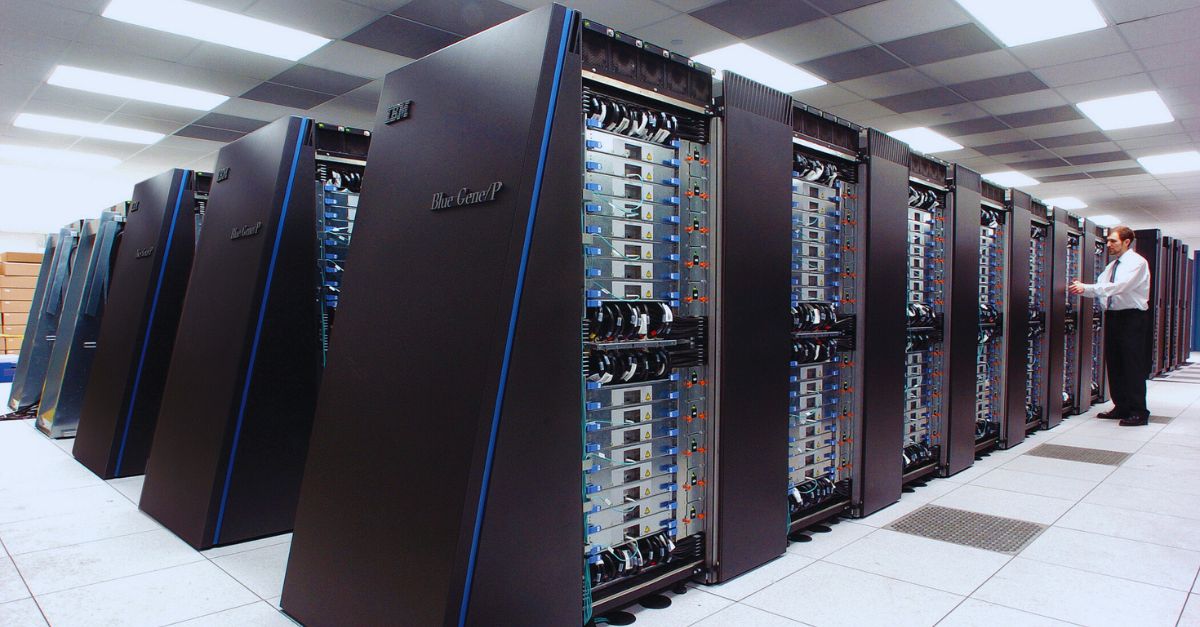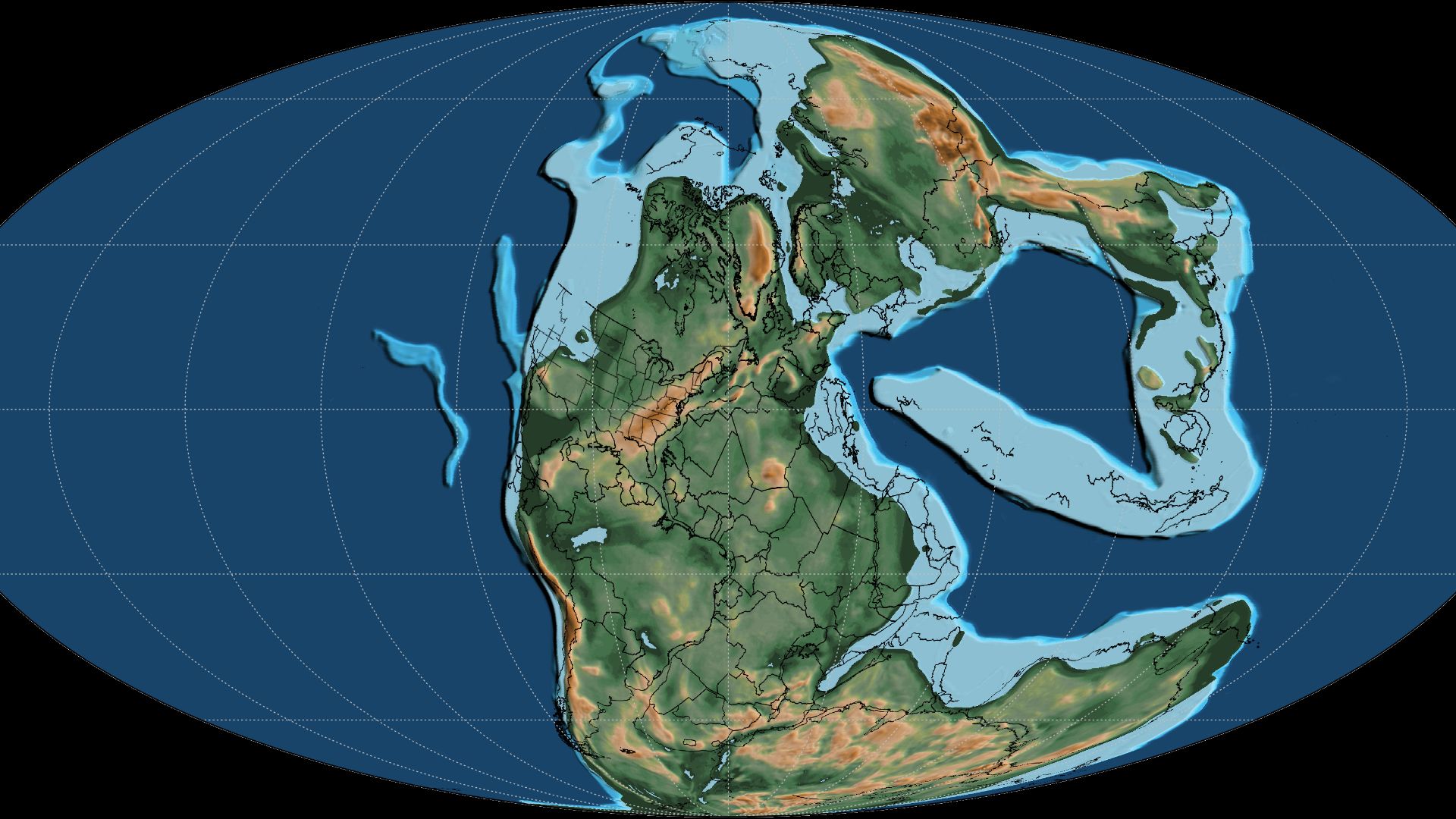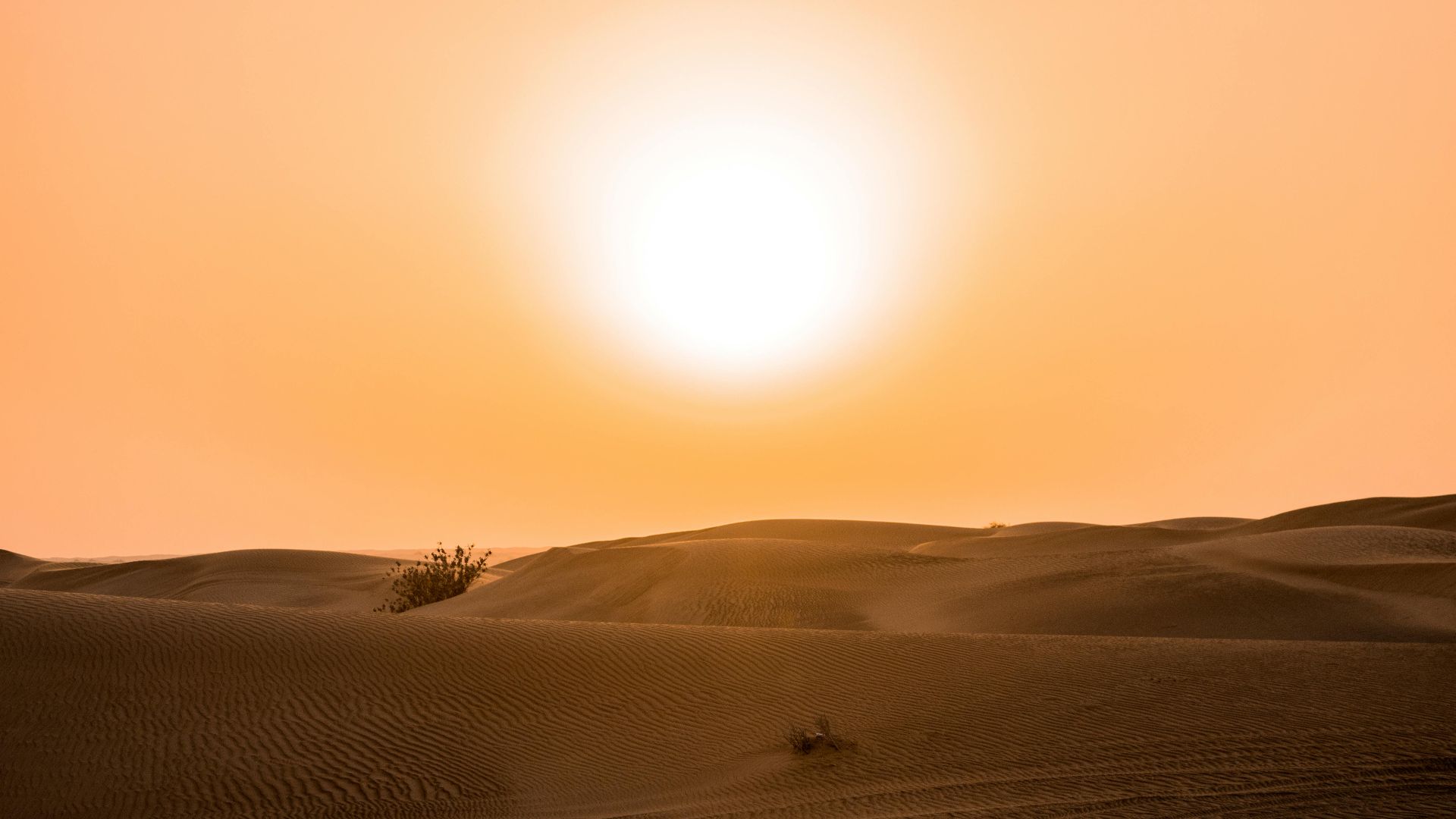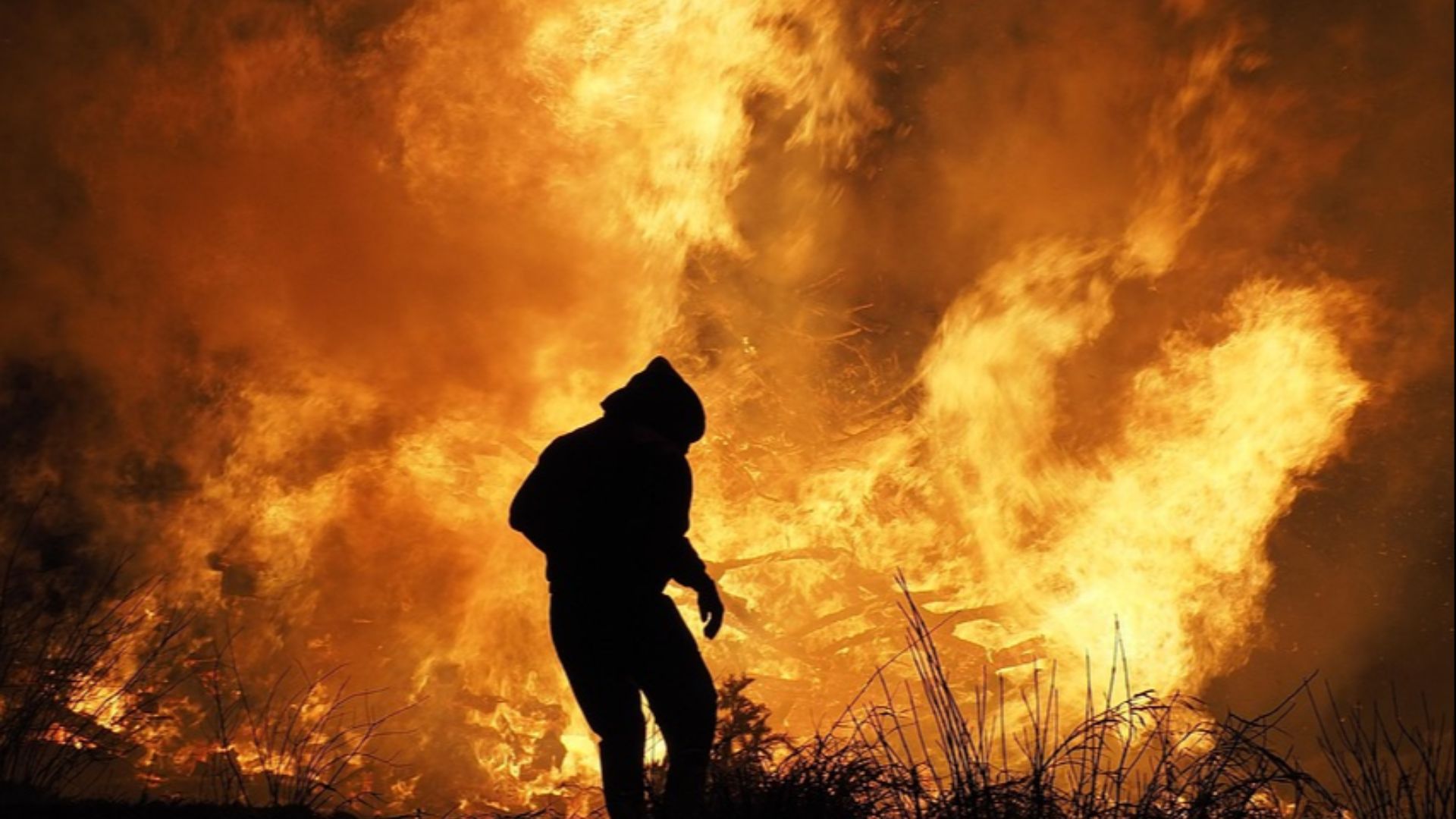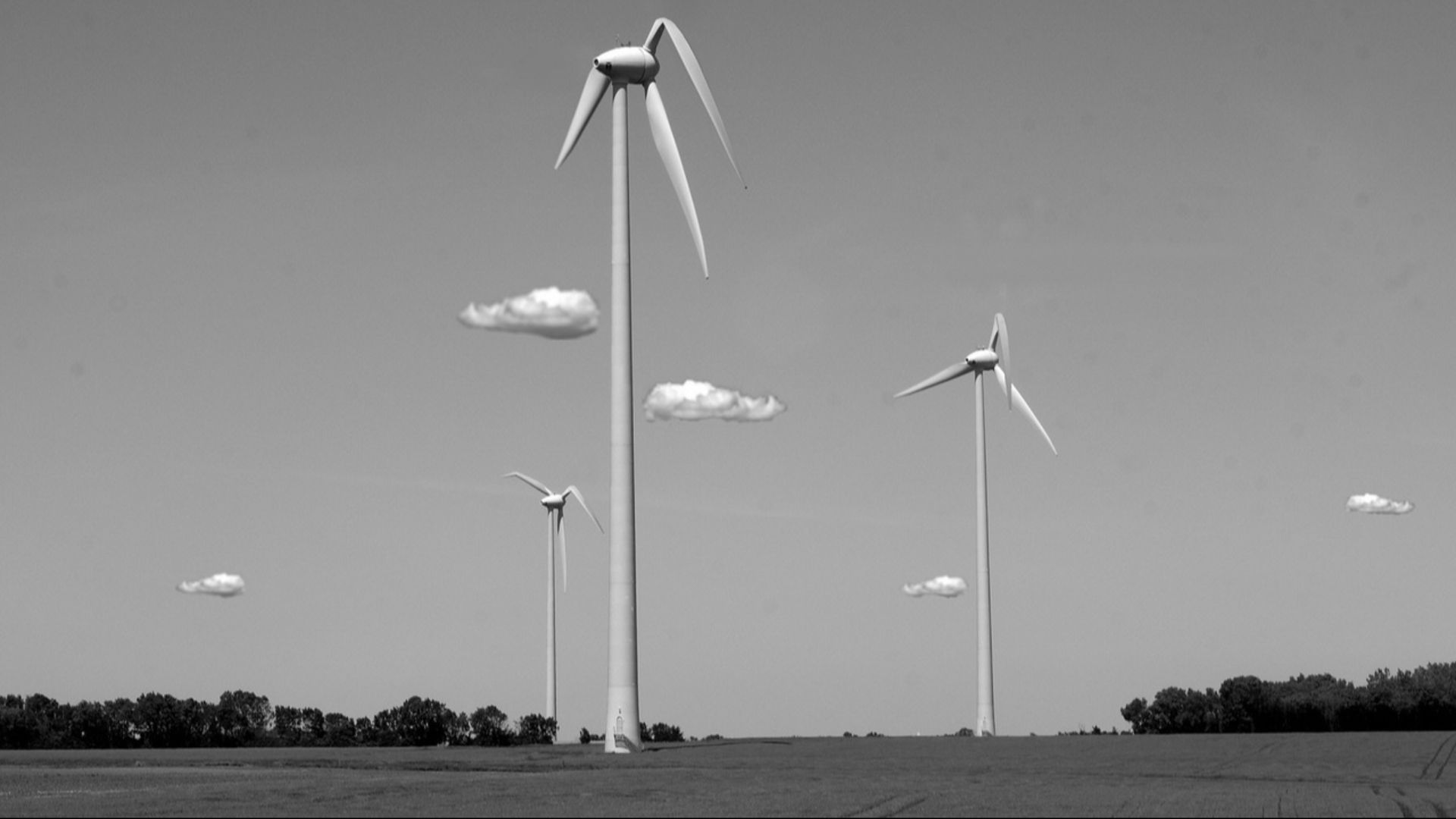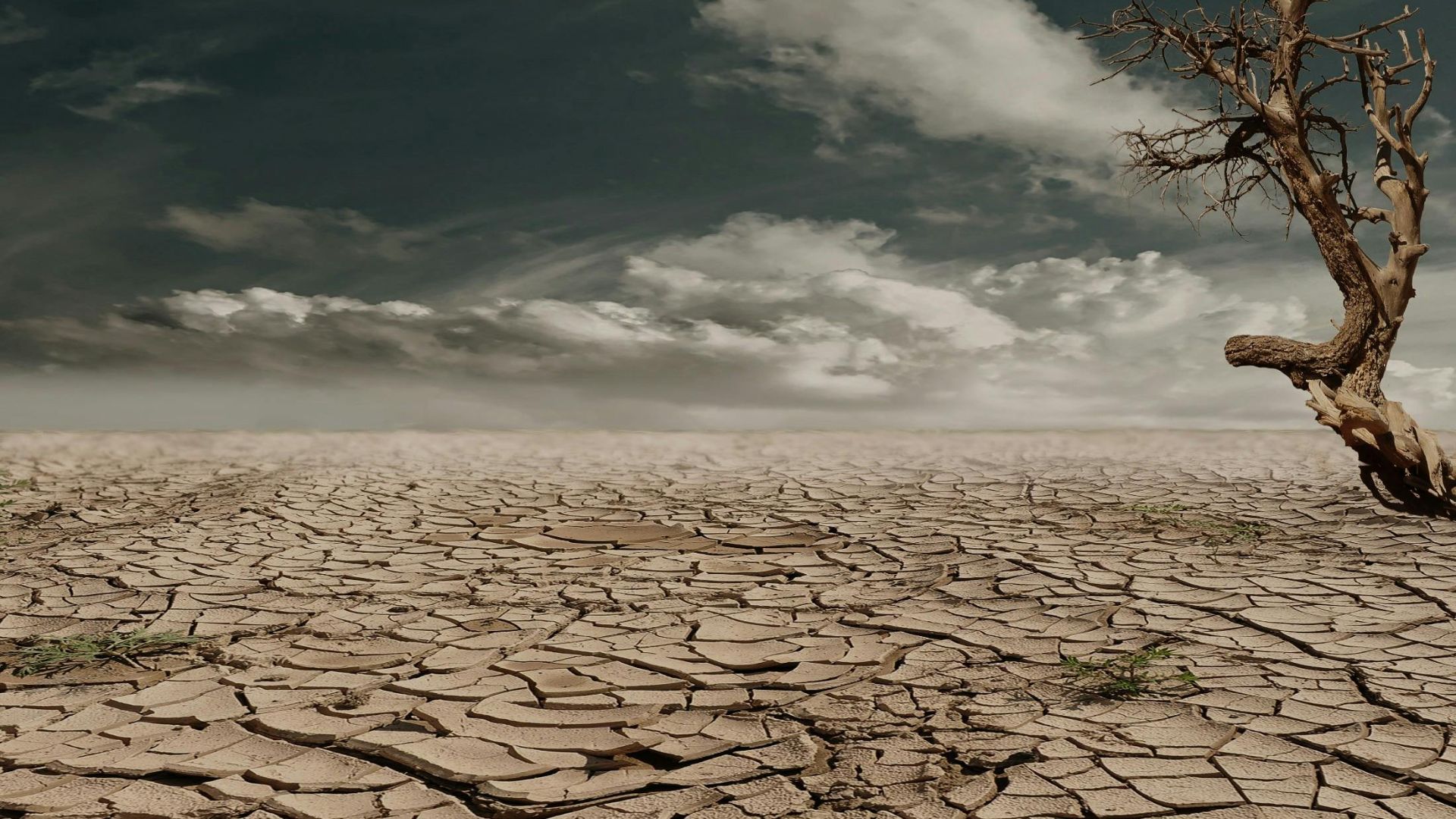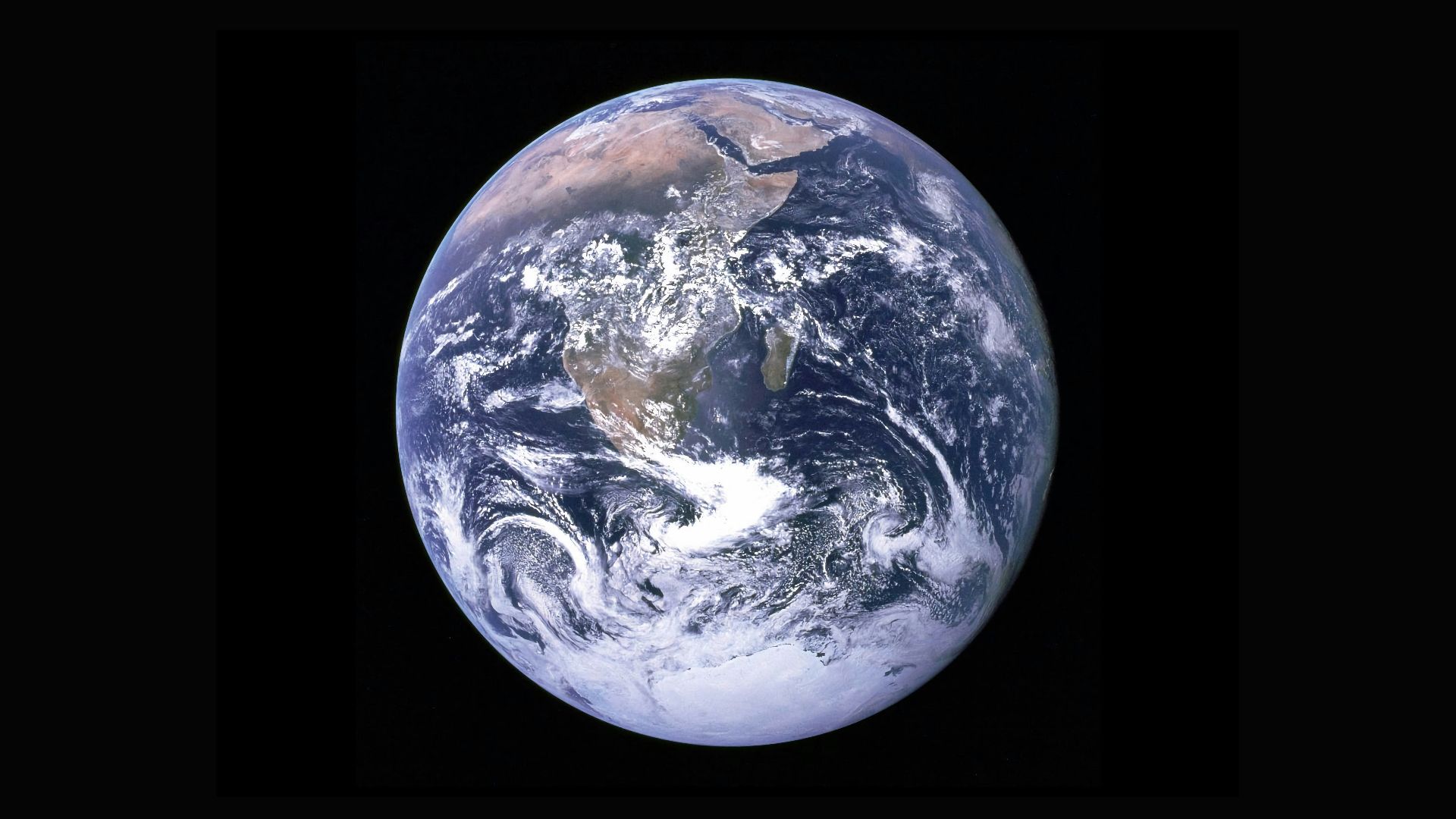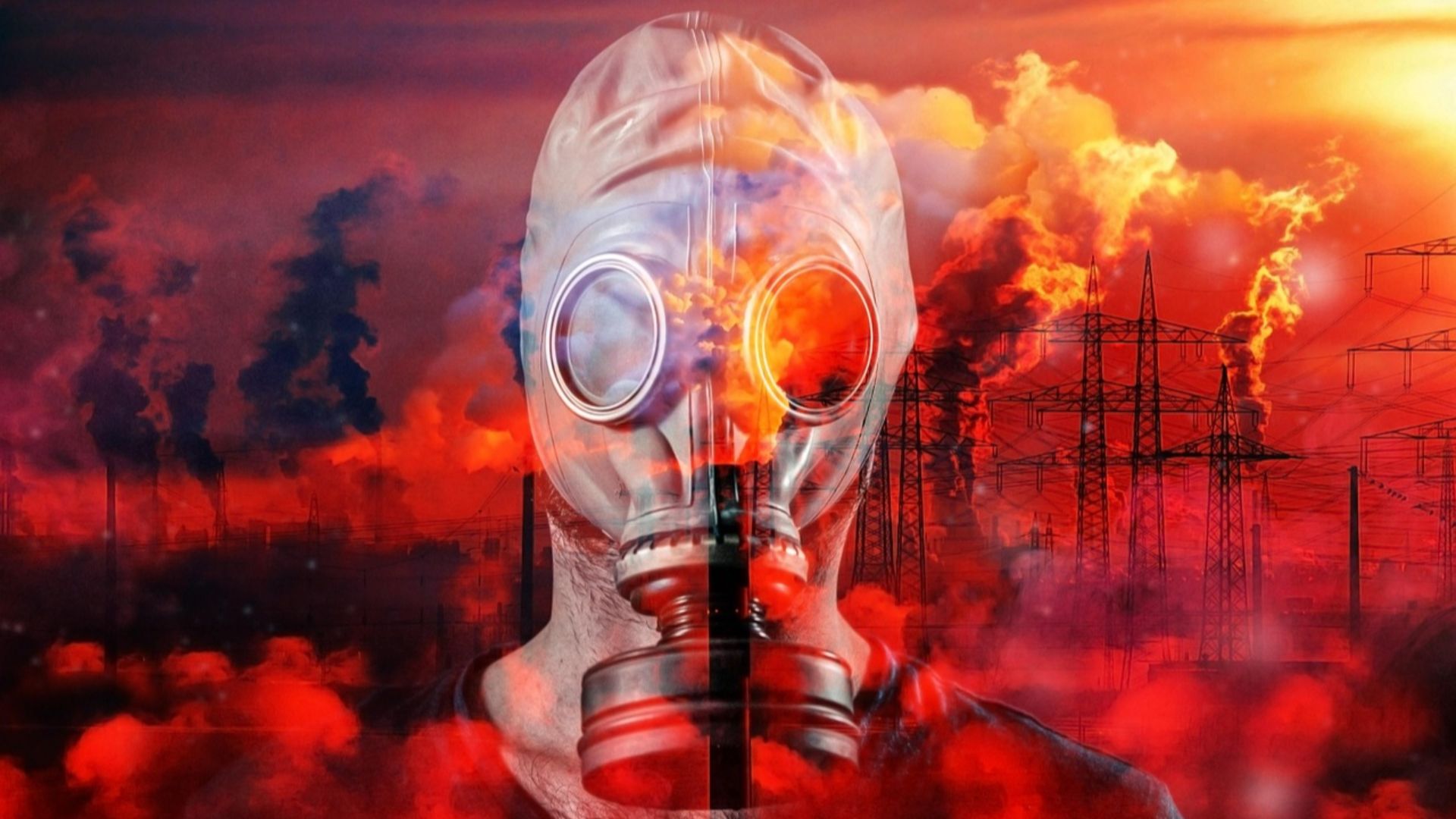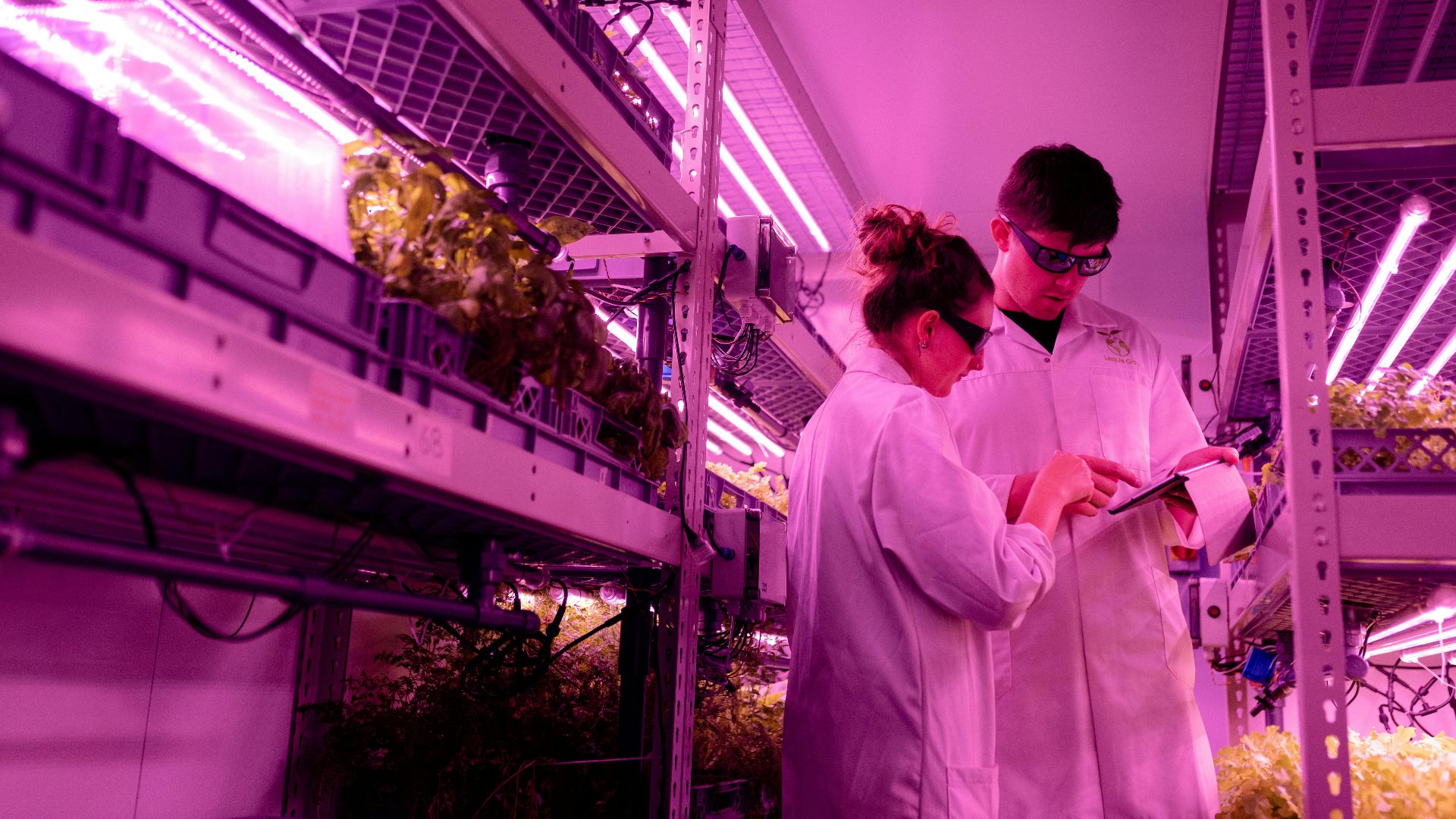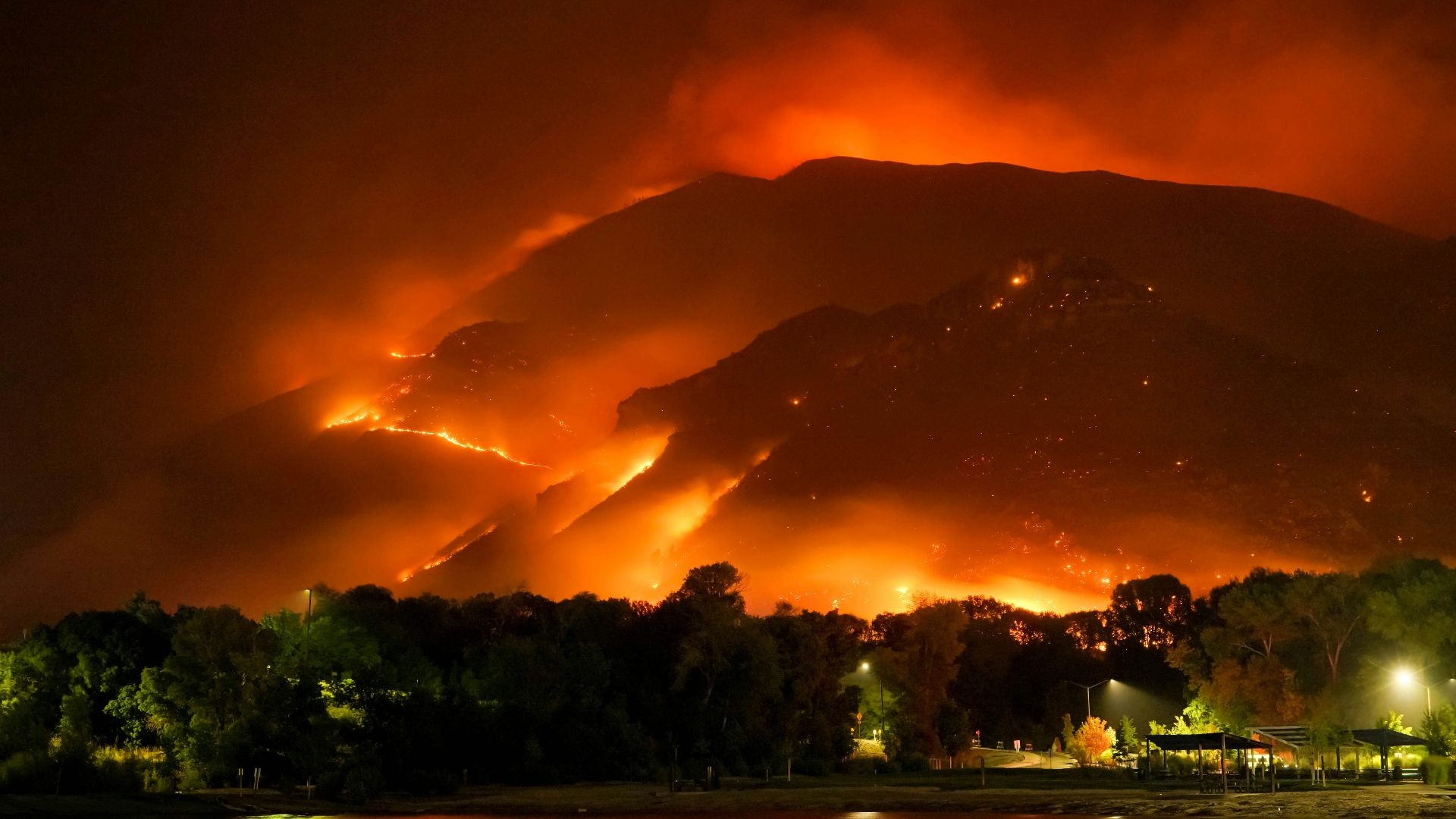Advanced Tech
A supercomputer modeled Earth's climate 250 million years from now. The results showed extreme conditions under which mammals, including humans, might not survive. Scientists began investigating and considering what this could mean in the far future.

All Continents Will Cram Into One Giant Land
Earth's tectonic plates never stop moving. One day, all the continents will merge and form one huge supercontinent. Scientists call it Pangaea Ultima. It might sound like a video game level, but it's a real possibility with real problems.
That Massive Land Will Trap Too Much Heat
With no oceans nearby to calm things down, too much heat will get trapped. The center of this continent will become an oven. No sea wind or any means of exit will exist; only hot, searing heat will worsen gradually with time.
Earthquakes Will Rock The Ground Nonstop
As the continents collide, the Earth's crust will buckle, and enormous faults split the ground. Earthquakes will be commonplace, no longer infrequent occurrences as in today's world. Towns may be destroyed before lunch. Bridges, roads, and high-rises? Toasted.
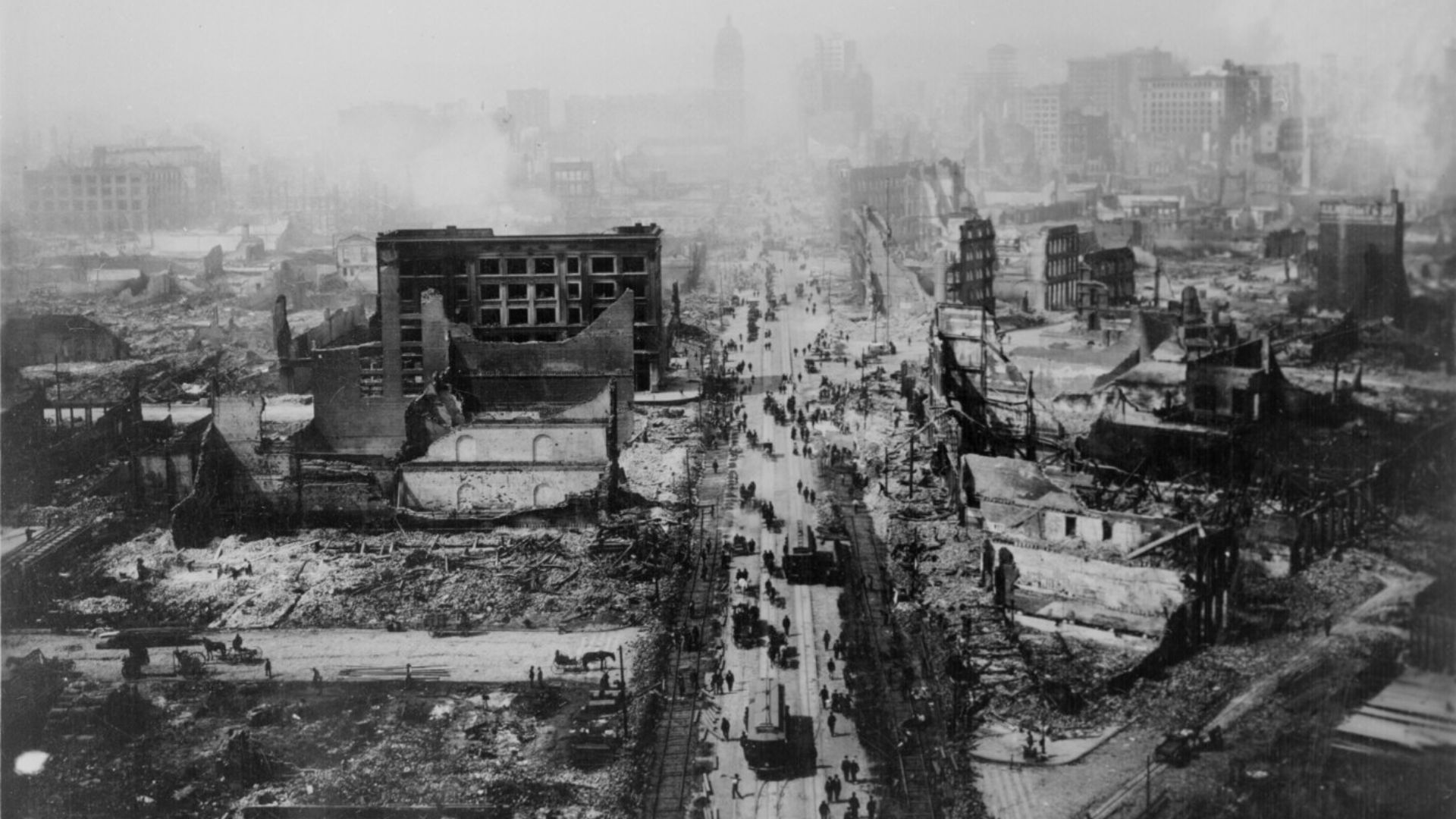 Apollomelos~commonswiki, Wikimedia Commons
Apollomelos~commonswiki, Wikimedia Commons
Say Goodbye To Ocean Cooldowns
Oceans will act like Earth's air conditioners. Without them, surface temperatures on land, especially in cities and open regions, may start rising fast. In that case, lack of water will mean no cooling. The center of the supercontinent, far from coasts, will take the brunt of the burn.
Daytime Temperatures Will Fry Living Things
In the heart of the supercontinent, heat might build beyond comfort—yearly averages could reach 104°F, with spikes up to 122°F. Without oceans to cool the surface, land could stay hot. Heat stress might strike quickly outdoors, and recovery wouldn't be easy.
Heat Won't Be the Only Problem—Air Will Be, Too
Furthermore, the climate could turn hostile as heat climbs. Tectonic chaos might set off volcanoes like a string of fireworks. Their eruptions could belch thick clouds of carbon dioxide, choking the sky. Breathing in that heavy air might become a struggle long before temperatures peak.
Carbon Dioxide Will Smother The Atmosphere
The hits might not stop. Each eruption could add more CO₂ to the air, thickening the planet's heat trap. That gas might wrap around Earth like a heavy quilt, and the heat could build. Clean air might come through a filter, not our open skies one day.
 Lake Toba’s Supervolcano Makes Yellowstone Look Tame by BRIGHT SIDE
Lake Toba’s Supervolcano Makes Yellowstone Look Tame by BRIGHT SIDE
The Sun's Brightness Isn't Helping Either
In addition to the volcanoes, the sun's rising brightness might add fuel to the fire, about 1% every 110 million years. Paired with trapped CO₂ and scorched land, it could push surface temperatures higher and shrink the zones where life might safely hang on.
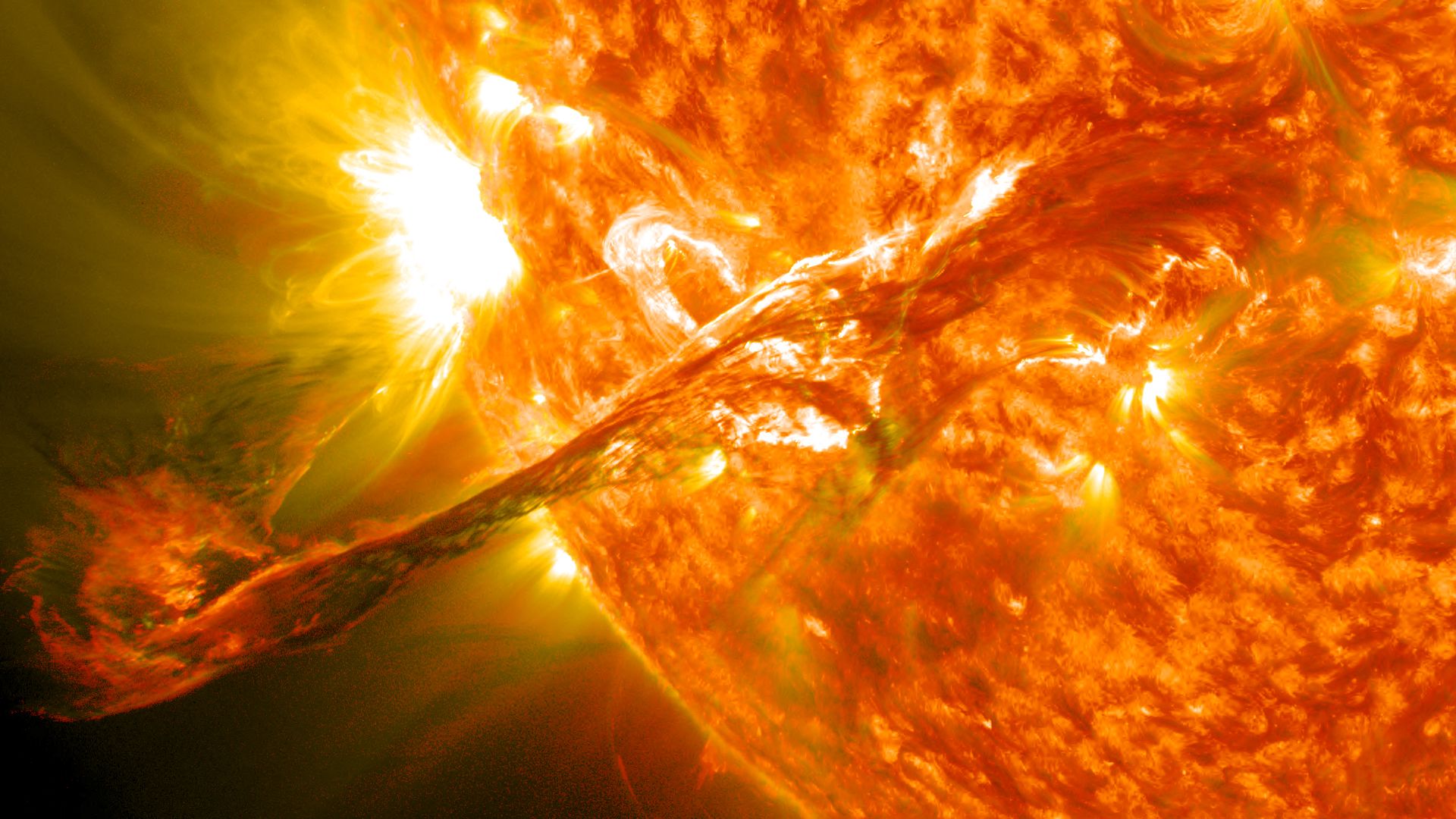 NASA Goddard Space Flight Center, Wikimedia Commons
NASA Goddard Space Flight Center, Wikimedia Commons

History's most fascinating stories and darkest secrets, delivered to your inbox daily.
Triple Trouble
When you put it all together—blazing land, toxic air, and a sun that won't let up—survival could start slipping through our fingers. Crops might wither under the burning sun, while thick air could turn every breath into a task. Bit by bit, habitable land may disappear.
Experts Say We Can't Survive This As-Is
Our bodies aren't made for that kind of world. The heat could overpower sweat, and shade might barely make a dent. Cooling off the old way wouldn't work anymore. So scientists began rethinking everything—how we live, how we survive, what we might need to become, and more.
Smart People Are Already Cooking Up Fixes
That's where the experts step in. They aren't sitting but tossing out bold, sometimes wild ideas backed by science. Each one aims to give humans a fighting chance: tougher bodies or even a new place to call home.
One Bold Thought
Fixing Earth might be off the table, so scientists turned inward. What if we tweaked ourselves instead? That could mean redesigning the human body to handle extreme heat and bad air—like upgrades straight from a comic book, without costumes or drama.
Start With Skin That Can Take The Burn
Since the sun wouldn't be any kinder, scientists looked at our first line of defense: our skin. What if it could do more than just cover us? Some experts believe we might grow thicker, tougher skin that works like built-in sunscreen.
Better Sweat Systems For Cooling
But thick skin alone won't cut it. Inside, our cooling system, sweat, may start to fall short. In that kind of heat, it won't keep up. That's why experts think we'll need to evolve better sweat glands or smarter water use to stay standing.
Body Changes? Then Gear Up Instead
Genetic changes might not be for everyone. So others will look at gear we could wear to survive the heat. Cooling suits, filtered helmets, and even personal air systems might make the list. And this wouldn't be science fiction because astronauts and divers already use early versions of this tech.
Hide Underground To Stay Safe
If gear doesn't cut it on the surface, the answer might lie below. The deeper we go, the cooler it gets. That's why scientists might start sketching underground cities with steady temperatures and protection from storms. It wouldn't be flashy, but it could be smart.
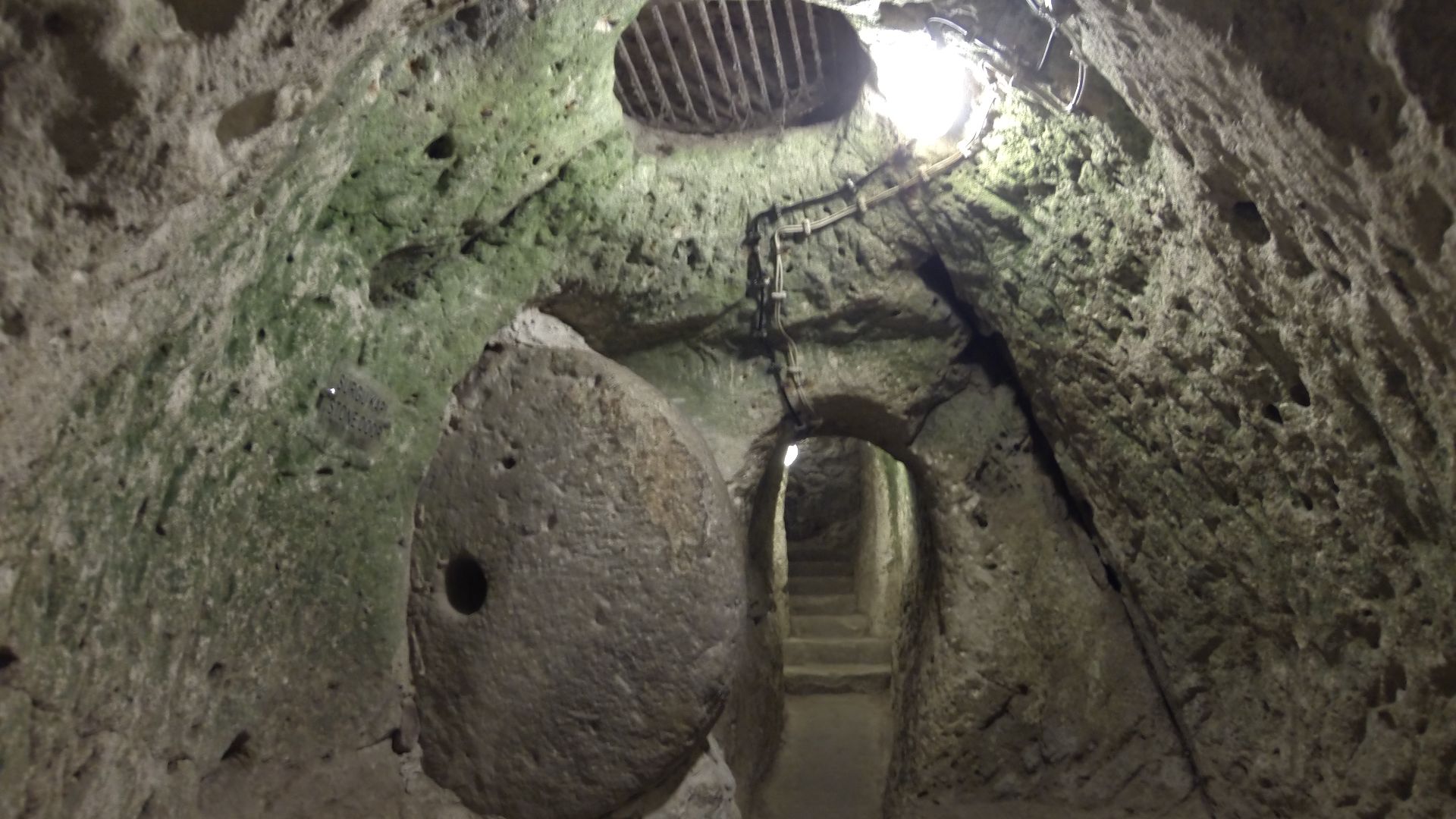 Nevit Dilmen (talk), Wikimedia Commons
Nevit Dilmen (talk), Wikimedia Commons
When Earth Becomes Unlivable, Leave It
While living in underground cities will buy us some time, various experts are looking far beyond it. They suggest that humans shall leave Earth altogether, which is why space agencies are looking to Mars. It may have unique challenges, but not at the edge of burning up.
Could We Live On Another Planet Someday?
Searching for a new Earth isn't simple because most planets are frozen or unsuitable. But all those regular telescope sweeps done by scientists are a means of searching and experimenting with new concepts in which distant worlds can become highly habitable.
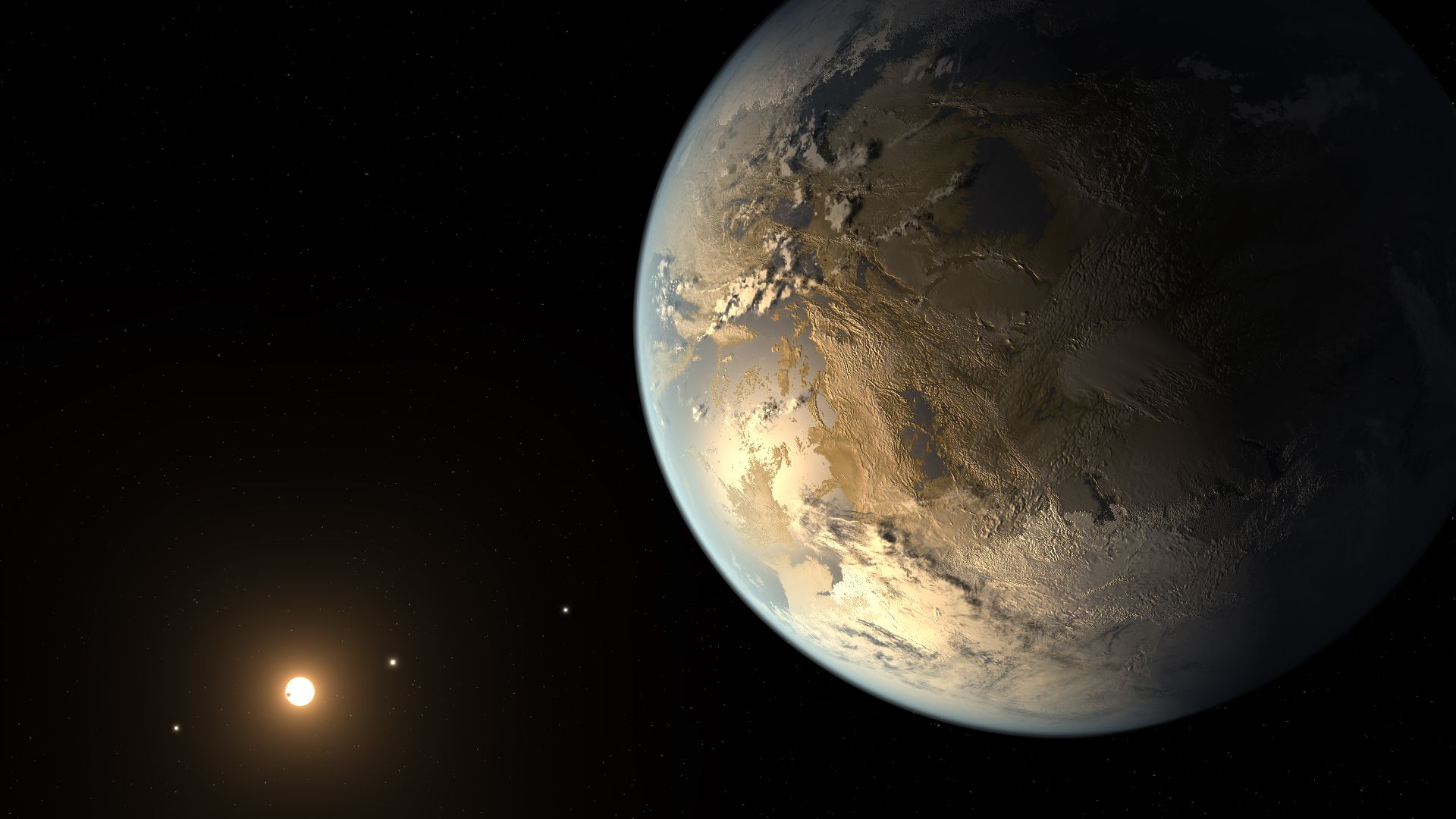 NASA Ames/SETI Institute/JPL-Caltech, Wikimedia Commons
NASA Ames/SETI Institute/JPL-Caltech, Wikimedia Commons
Build Earth 2.0 With Terraforming
We may not find a perfect planet, but what if we made one? Terraforming means reshaping a world's land, air, and water to feel like Earth. It's a massive challenge, but there is a belief humans might be able to pull off.
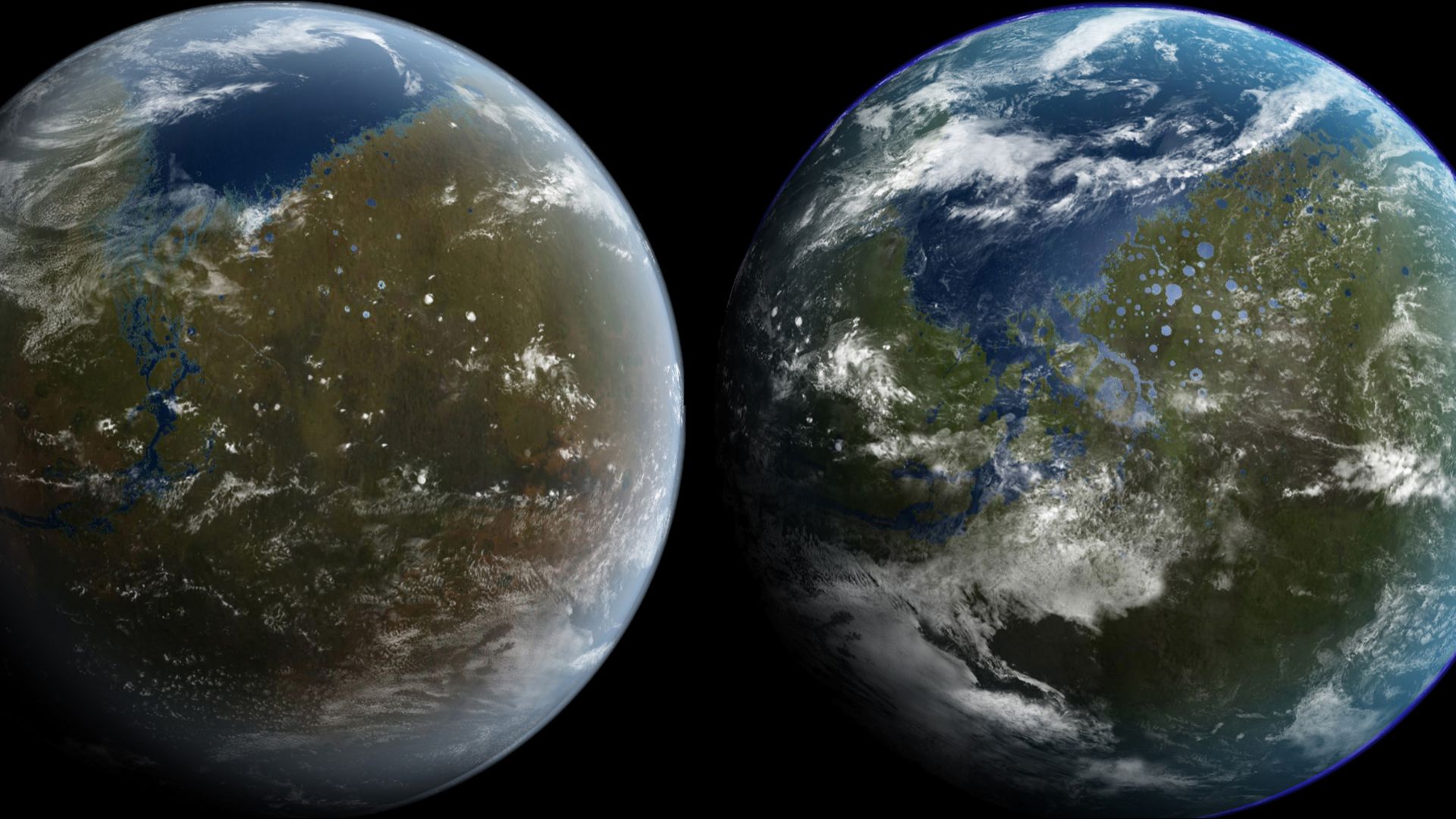 Daein Ballard, Wikimedia Commons
Daein Ballard, Wikimedia Commons
Some Ideas Sound Wild Until They Don't
All of the above solutions sound like something out of a sci-fi movie. But history is full of once-laughable ideas that became modern realities. Flying machines and talking wires once seemed absurd. But progress waits for no permission; it pushes forward, ready or not.
Adapting Could Be the Only Way Out
The world won't pause while we decide, and sticking to old ways means falling behind. But we open a path forward when we adapt our bodies and shelters. That's the drumbeat from experts everywhere: change fast or get left behind.
Time Isn't On Our Side
Next week isn't the worry; it's the years ahead that count. Every delay tightens the path forward. The longer we stall, the fewer moves we make. That's why scientists are raising alarms now. The clock's ticking, and the first step has to happen today.
Scientists Are Treating This Like A Real Problem
Now, forget movie plots, as this plays out in real labs with complex data. Scientists aren't guessing; they're sounding alarms backed by numbers. The supercomputer ran the forecast, but the experts hustle to act before time slips.
Earth Won't Make Exceptions For Us
Nature plays by its own rules. As heat builds and the air thickens, there's no hiding. This time, strength and luck won't be enough. Only knowledge and quick action will give us a real shot at making it through.
The Computer Ran The Numbers, Now It's Our Move
The supercomputer modeled a far-future Earth, and experts are thinking ahead. We may someday need heat-proof habitats and high-tech air systems. Today's climate tools address short-term risks, but long-term survival depends on strategies shaped for planetary change across millions of years, not just daily emissions.
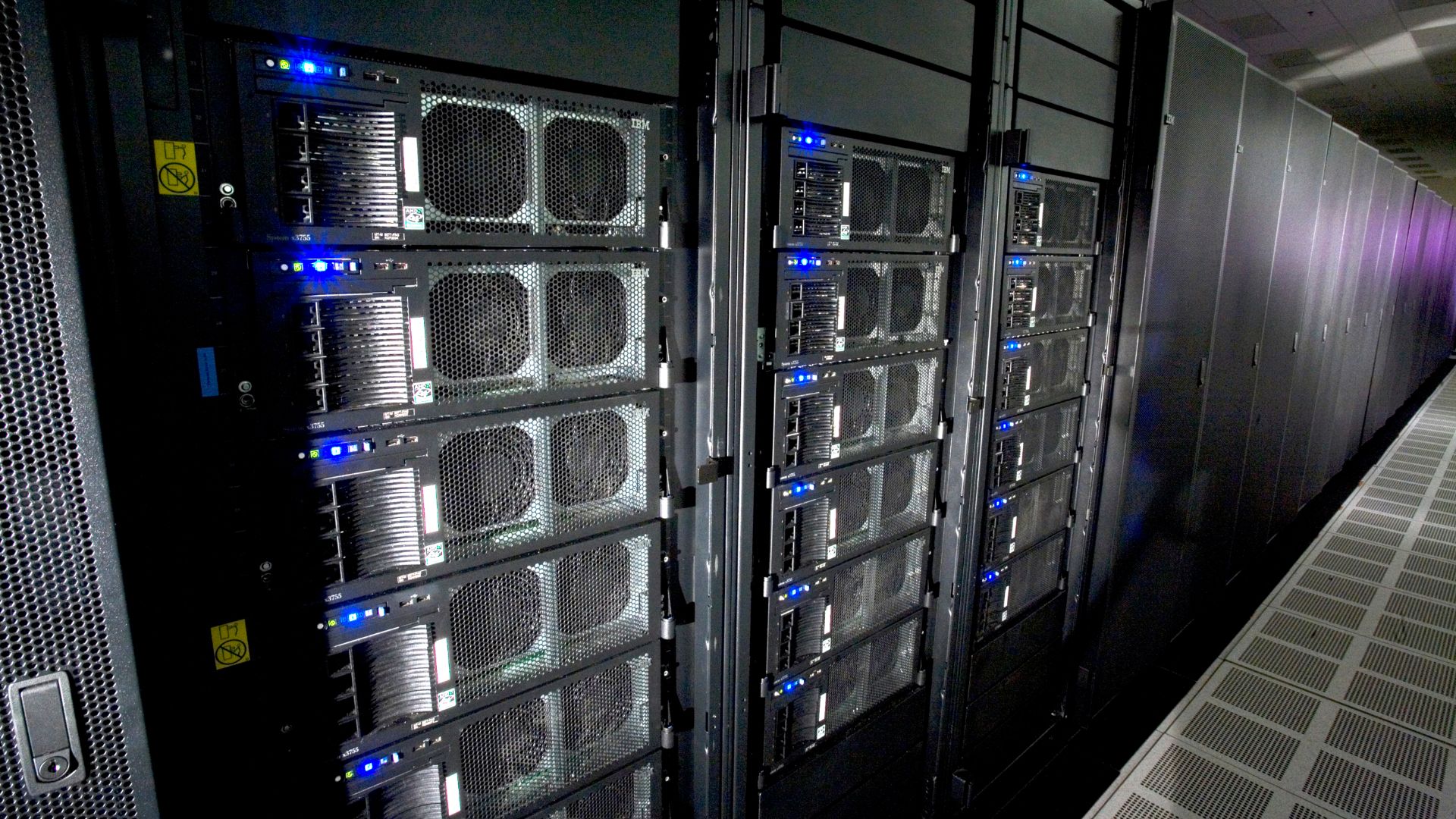 LeRoy N. Sanchez, Records Management/Media Services and Operations, Wikimedia Commons
LeRoy N. Sanchez, Records Management/Media Services and Operations, Wikimedia Commons

